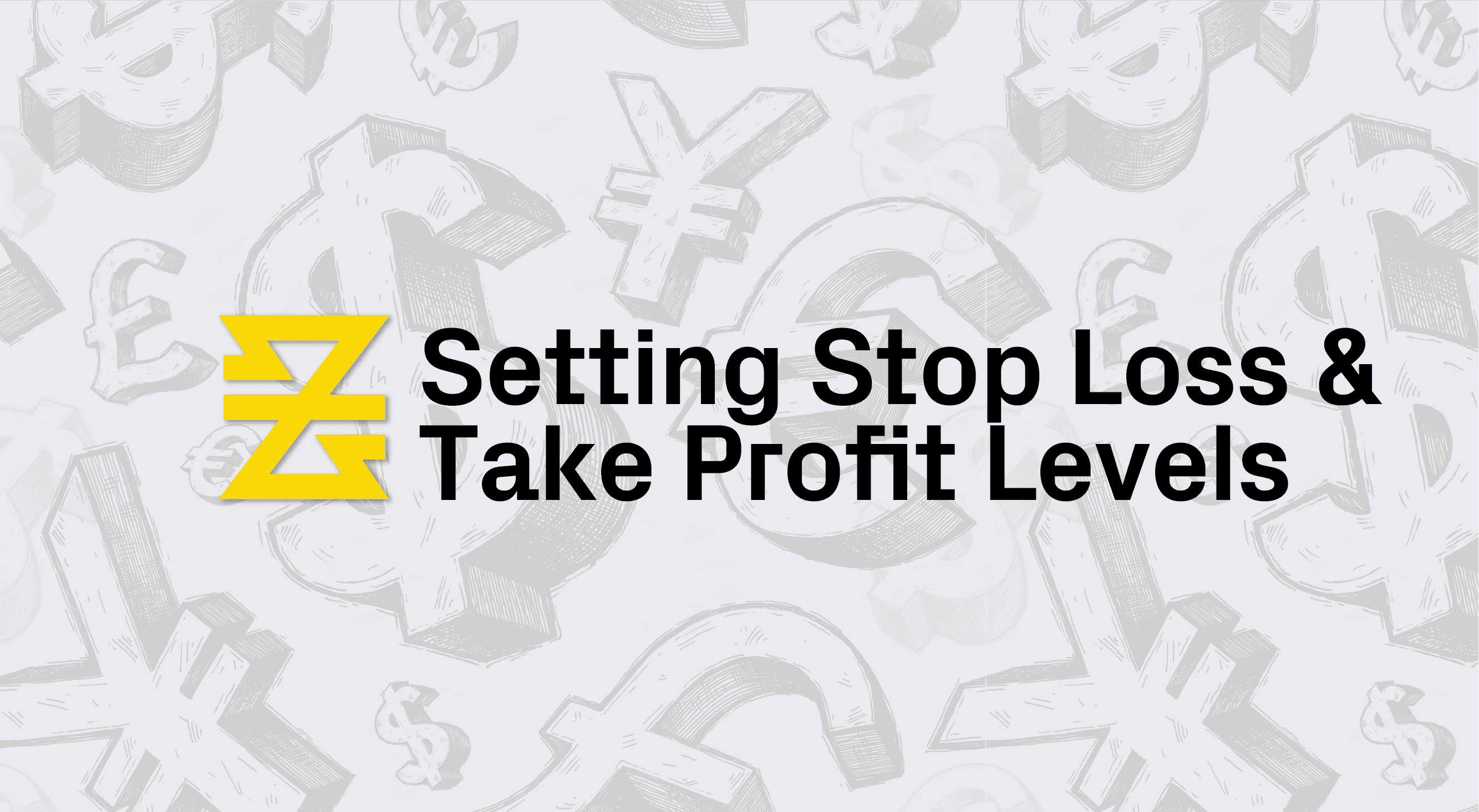- CFDs & Forex Trading | Regulated Online Trading
- About Us
- Trading
- Platforms
- Resources
- Partners
- Research
Search
×

CHAPTER 5 - LESSON 2
Stop loss and take profit orders are key risk management tools used in forex trading.
A stop loss order is an order type to exit (or close) a trading position at a specified price in order to limit potential losses, while a take profit order is an order type to exit (or close) a trading position at a specified price in order to lock in profits.
Setting appropriate stop loss and take profit levels is crucial for effective risk management and maximizing profits in trading. Traders should consider factors such as market volatility, support and resistance levels, and their risk tolerance. Implementing a well-defined stop loss and take profit strategy helps protect against excessive losses and ensures that profits are locked in at desired levels.
Here is key information to know about setting stop loss and take profit levels:
Should be placed at a level that represents an unacceptable loss for the trader. Traders should consider the volatility of the market and the potential risk of a trade when setting their stop loss level.
Should be placed at a level that represents an acceptable profit for the trader. Traders should consider the potential reward of a trade when setting their take profit level.
Should be set at a specific distance away from the current market price. Traders use trailing stop loss orders to lock in profits as the market moves in their favor.
The amount of currency a trader buys or sells in a trade. Traders should use position sizing to limit their potential losses on a trade.
Stop loss and take profit are order types used in trading. A stop loss automatically closes a position to limit losses, while take profit automatically closes a position to secure profits. Implementing the best stop loss take profit strategy involves careful consideration of market conditions and risk tolerance.
By setting these orders, traders can limit their potential losses and lock in profits. It is important to remember that stop loss and take profit orders should be placed based on careful analysis and consideration of market conditions, and should be adjusted as market conditions change.

Stop loss and take profit are essential tools in trading.
A stop loss is a predetermined price level set by a trader to limit potential losses by automatically exiting a trade.
Take profit, on the other hand, is a predefined price level at which a trader intends to exit a trade to secure profits.
Implementing the best stop loss and take profit strategy involves considering factors like risk tolerance, market conditions, and technical analysis indicators to optimize trade management and achieve desired outcomes.
These tools help traders protect against excessive losses and secure profits while maintaining discipline and risk management principles in their trading activities.
In summary, traders should consider the potential risk and reward of a trade and set stop loss and take profit orders to manage risks. Traders should use trailing stop loss orders to lock in profits.
Traders should also be mindful of position sizing to manage their risk. We will examine more on this in the next section.
BAXIA GLOBAL LIMITED
Join the community
Risk Warning: Margin trading involves a high level of risk, and may not be suitable for all investors. You should carefully consider your objectives, financial situation, needs and level of experience before entering into any margined transactions with Baxia Markets, and seek independent advice if necessary. Forex and CFDs are highly leveraged products which mean both gains and losses are magnified. You should only trade in these products if you fully understand the risks involved and can afford losses without adversely affecting your lifestyle (including the risk of losing the entirety of your initial investment). You must assess and consider them carefully before making any decision about using our products or services.
Baxia Global Limited is a company registered in Seychelles with registration number: 8426970-1, and is regulated by the Financial Services Authority of Seychelles with License number: SD104.
Baxia Limited is a company registered in The Bahamas with registration number: 177330 B, and is licensed and regulated by The Securities Commission of The Bahamas (SCB), (SIA-F234).
The information on this website is general in nature and doesn’t take into account your personal objectives, financial circumstances, or needs. It is not targeted at the general public of any specific country and is not intended for distribution to residents in any jurisdiction where that distribution would be unlawful or contravene regulatory requirements. Baxia Markets does not offer its services to residents of certain jurisdictions such as USA, Cuba, Sudan/Republic of Sudan, Syria, Iran, Iraq, South Sudan, Venezuela, Libya, Belarus, Afghanistan, Myanmar, Russia, Crimea, Donetsk, Luhansk, Palestine, Yemen, Zimbabwe and North Korea.